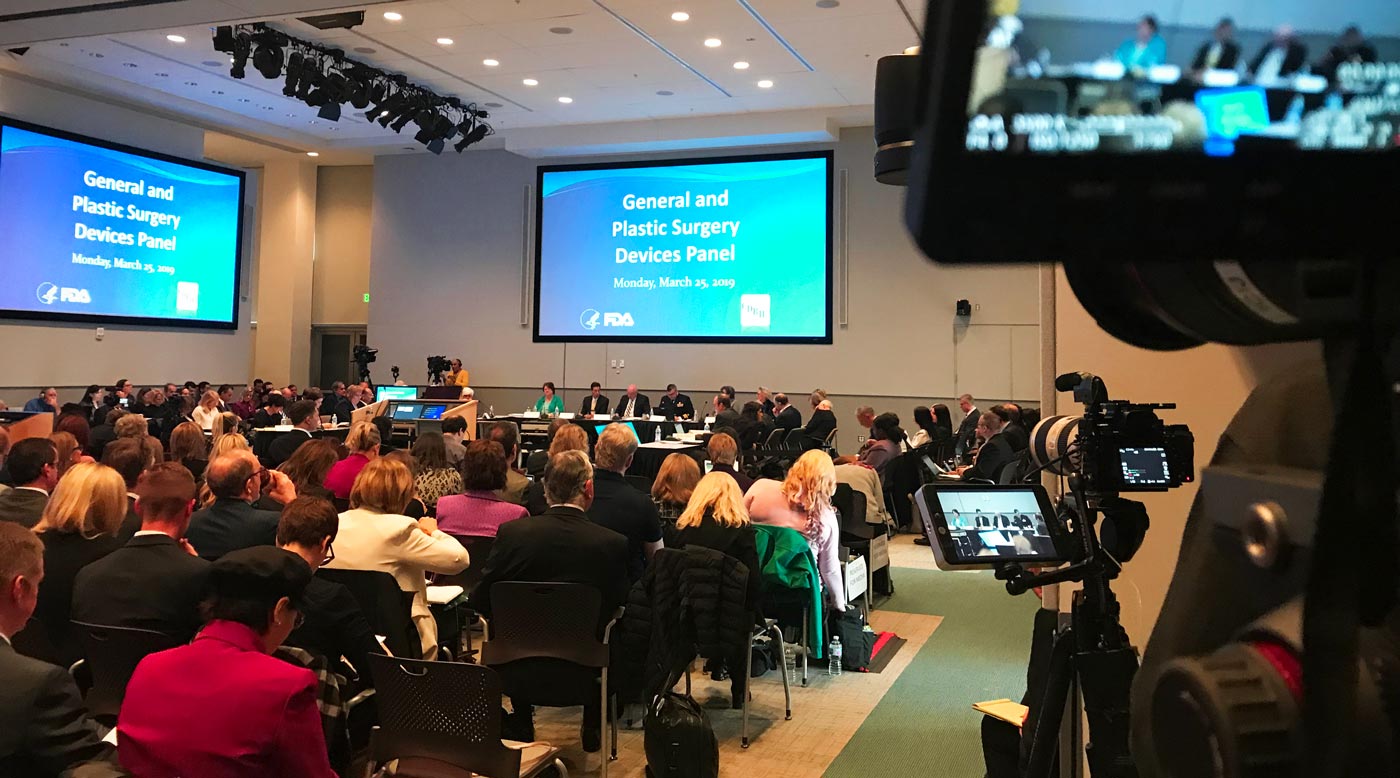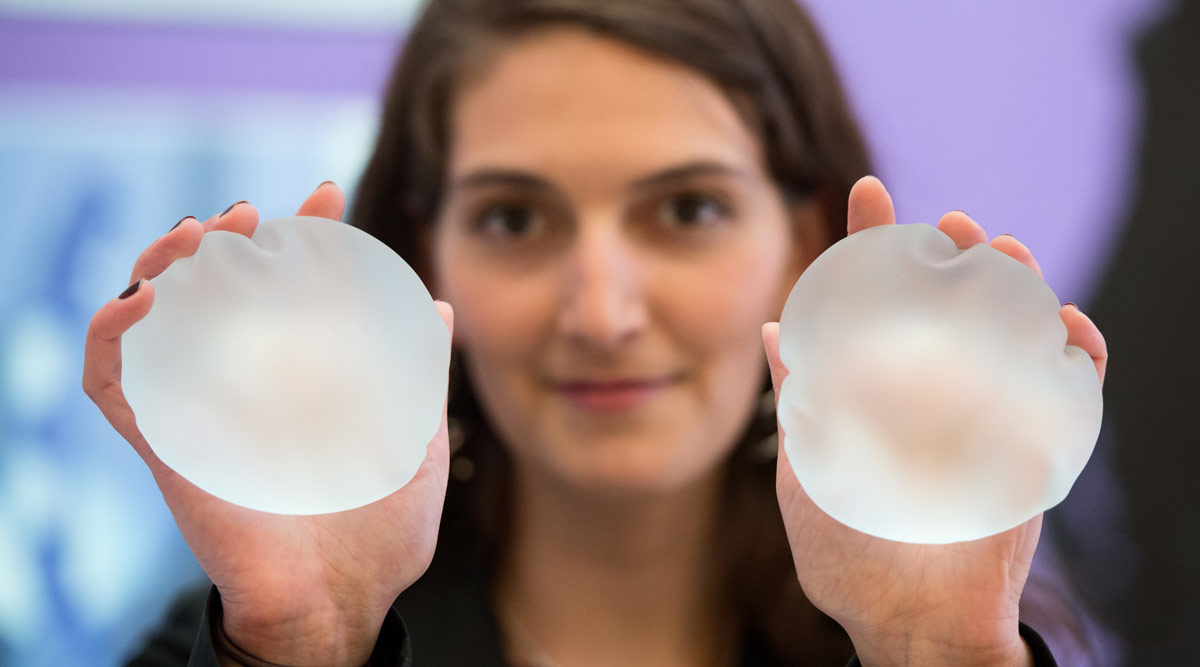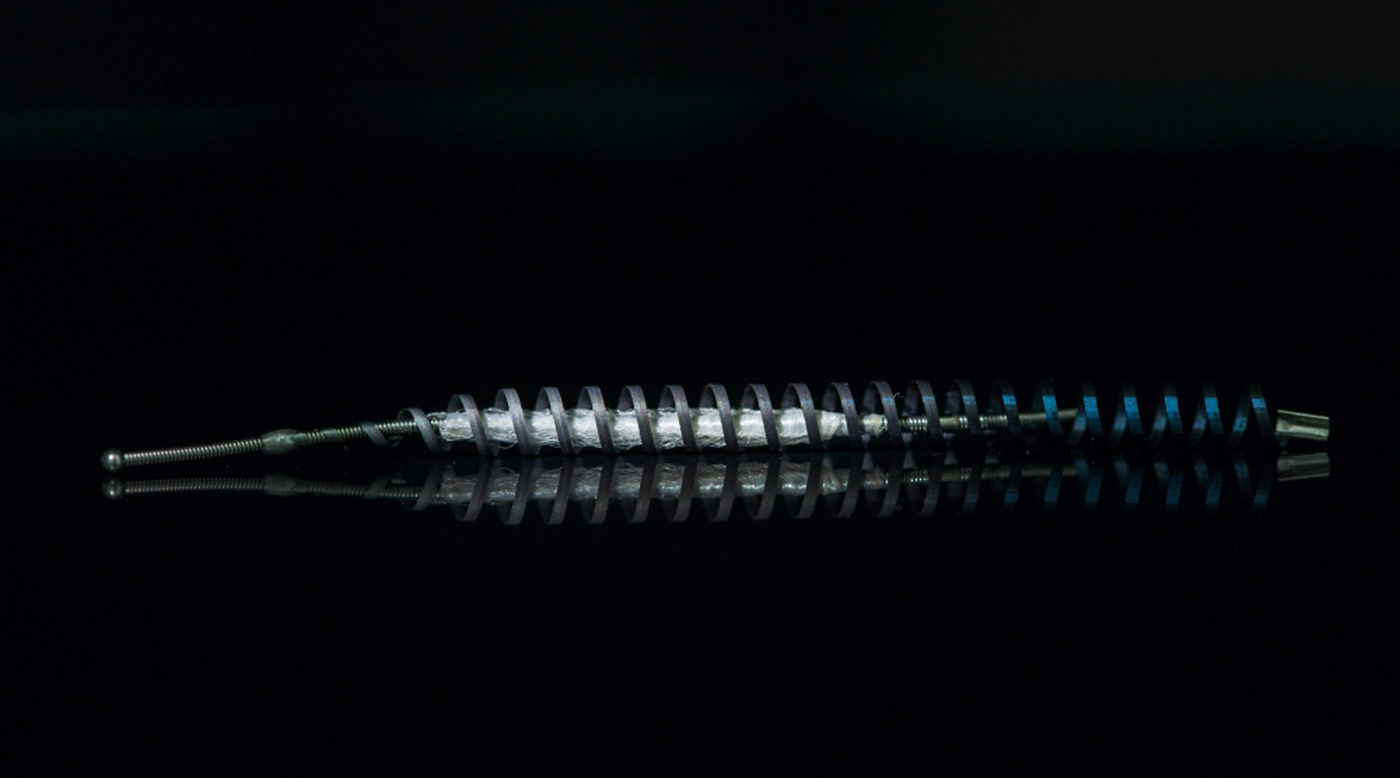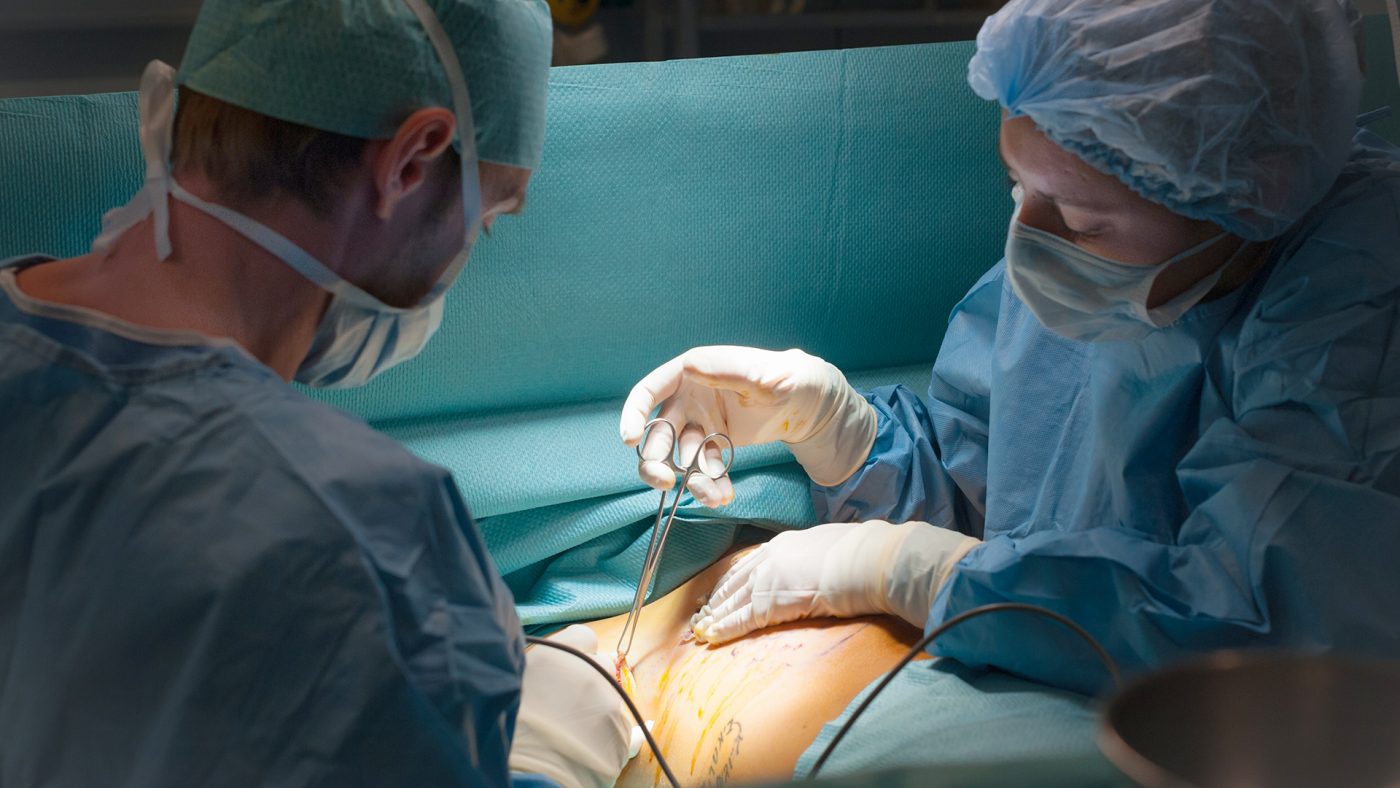
On the eve of a hearing about the hidden dangers of breast implants, the U.S. regulator charged with informing the public about those risks revealed it has long known about vastly more injuries and other complications than it has previously disclosed.
Since 2009, the U.S. Food and Drug Administration has received more than 350,000 incident reports involving breast implants, according to a chart shared by the agency.
That’s more than 20 times as many reports as the agency had posted on its public-facing database as of late last year.
As the International Consortium of Investigative Journalists reported in November, the FDA has allowed manufacturers to bury so-called adverse event reports using a program known as “alternative summary reporting.” Once the FDA began requiring more complete disclosure, the number of injuries and other incidents surged, from a few hundred a year to more than 4,000 in 2017 and more than 8,000 in the first half of 2018.
But even those numbers are dwarfed by the agency’s latest disclosure. About 90,000 reports came into the agency in those two years, according to the FDA.

The statistics were disclosed in advance of an FDA hearing on breast implant safety that was dominated by women who said that they were not properly warned by their doctors and health authorities about the products’ risks.
“We have a much larger and more serious issue than we knew coming into this meeting,” said Madris Tomes, a former FDA data analyst and the founder of Device Events, a database that tracks medical device adverse events data. “This means that we are dealing with an agency that is withholding the number of reports with no regard for the patients and physicians who seek to better understand the information.”
The FDA did not provide a breakdown of the type of incidents described in the reports, making it unclear how many reflected serious injuries such as ruptures and infections and how many reflected product malfunctions that did not harm patients.
FDA spokeswoman Stephanie Caccomo said the agency was reviewing the reports all along even though it was not disclosing them to the public.
“The visibility of the reports does not change how the FDA was reviewing the reports,” Caccomo said in response to ICIJ’s inquiries about the new data. The table reflects the agency’s “effort to promote greater public transparency,” she said.
More than 10 million women have received breast implants over the last decade. Most don’t report any problems.
But long-standing questions about durability have never been resolved. The FDA’s own safety notices warn that as many as one in five women who receive breast implants will get them removed within a decade due to complications such as rupture, deflation and the painful contraction of scar tissue around the implant, known as capsular contracture.
Breast implants are also blamed by tens of thousands of patients, and a growing number of medical professionals, for a range of autoimmune-related ailments generally referred to as breast implant illness.
Dozens of patients who complain of breast implant-related health problems came to the FDA hearing, held at the agency’s suburban campus in Silver Spring, MD.
“Don’t ignore us,” testified Holly Davis of Charleston, South Carolina, who says she suffered severe memory loss, rashes and hair loss after getting breast implants. “We are real.”
Davis asked women in the audience who had gotten breast implants to stand, and asked them if they would get implants today if they had been properly warned of the potential hazards.
“No!” shouted back more than a dozen women in unison.
Patients regularly punctuated the proceeding with cheers and applause when experts and advocates spoke out against the products’ risks.
“Half our members are seeing breast implant illness patients,” said Mindy Hawes, a plastic surgeon and member of the plastic surgeons’ group Aesthetic Society. “We need to educate our members.”
Patient advocate @Jamee_cook of @BIVA_news asks all of the women at the hearing affected by breast implants, directly or through someone they know, to stand up. pic.twitter.com/Z0YQ64KYdZ
— ICIJ (@ICIJorg) March 25, 2019
Last week, the FDA announced an investigation into adverse patient reactions to silicone, marking a new openness to recognizing breast implant illness.
Another focus of the hearing, which will continue Tuesday, was a rare form of cancer called breast implant associated anaplastic large cell lymphoma (BIA-ALCL). BIA-ALCL is not a breast cancer, but a cancer of the immune system.
Studies have shown that patients with a kind of implant known as a textured implant face a higher risk of BIA-ALCL.
Textured implants produced by leading manufacturer Allergan were suspended from the European and Brazilian markets in December 2018 after losing their European certification. In February, a French government inquiry recommended that one brand of textured implants, Allergan Biocell, should be permanently banned.
In February, the FDA sent a letter to health providers across the U.S. warning them about the association between implants and BIA-ALCL.
At the hearing, industry representatives detailed their research into BIA-ALCL and breast implant illnesses, and expressed sympathy for women have fallen ill.
“We empathize with these women and can only imagine how distressing it is for them,” said Stephanie Manson Brown, Vice President of Clinical Development for Allergan, on reports on breast implant illness.
Monday’s panel did not take any votes or issue formal recommendations. The panel’s deliberations will be used by the FDA in the following weeks and months as the agency considers whether to adopt additional restrictions or regulations on breast implants.









